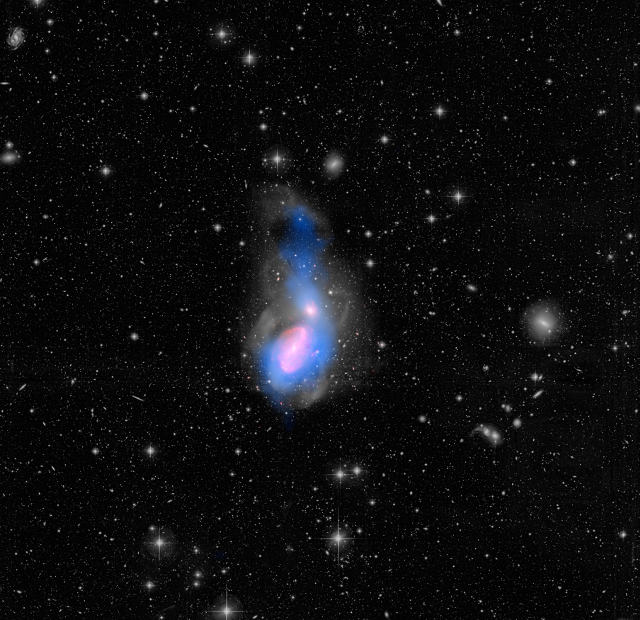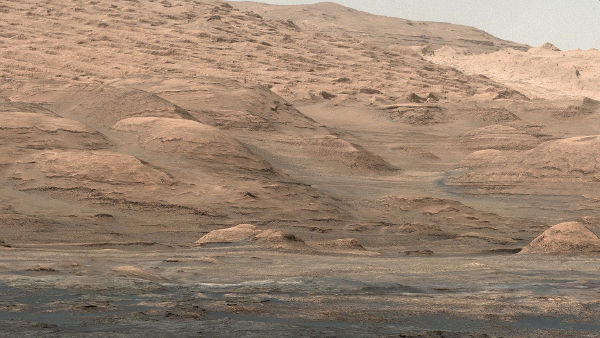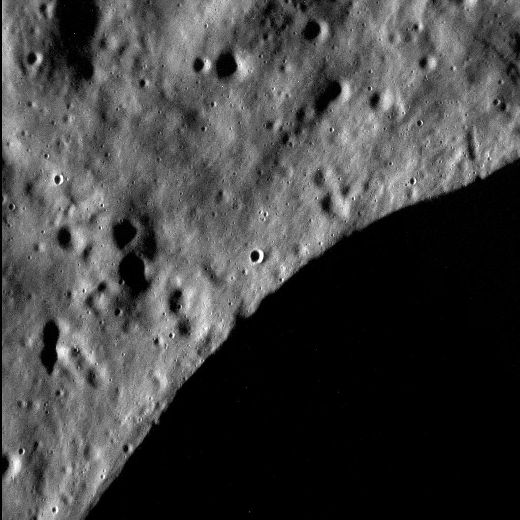
It is amazing to think that we are able to study the demise of a galaxy and the subsequent interaction of gases with two adjacent galaxies. And oh yeah, these galaxies are located about 49+ million light-years away. The two galaxies are NGC 3226 (top) and NGC 3227 (bottom) with the areas in blue representing warm gas that is moving into the former. This picture and the related data comes from the European Space Agency’s Herschel space observatory, NASA’s Hubble and Spitzer space telescopes (including Spitzer’s infrared camera). The blue coloured areas represents cool hydrogen gas ‘seen’ via radio waves and the redder areas are warmer gas and dust captured via their infrared emissions.



